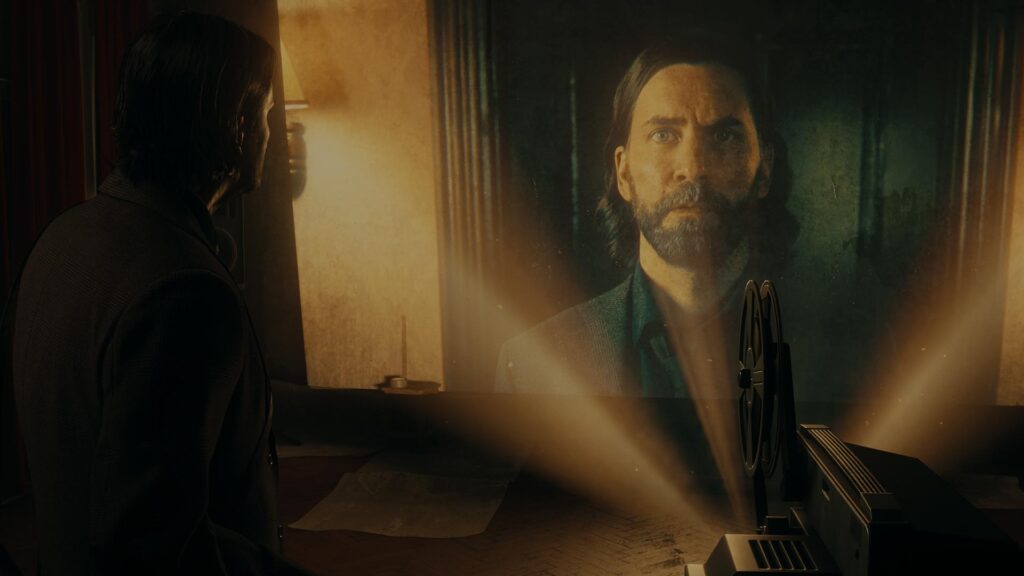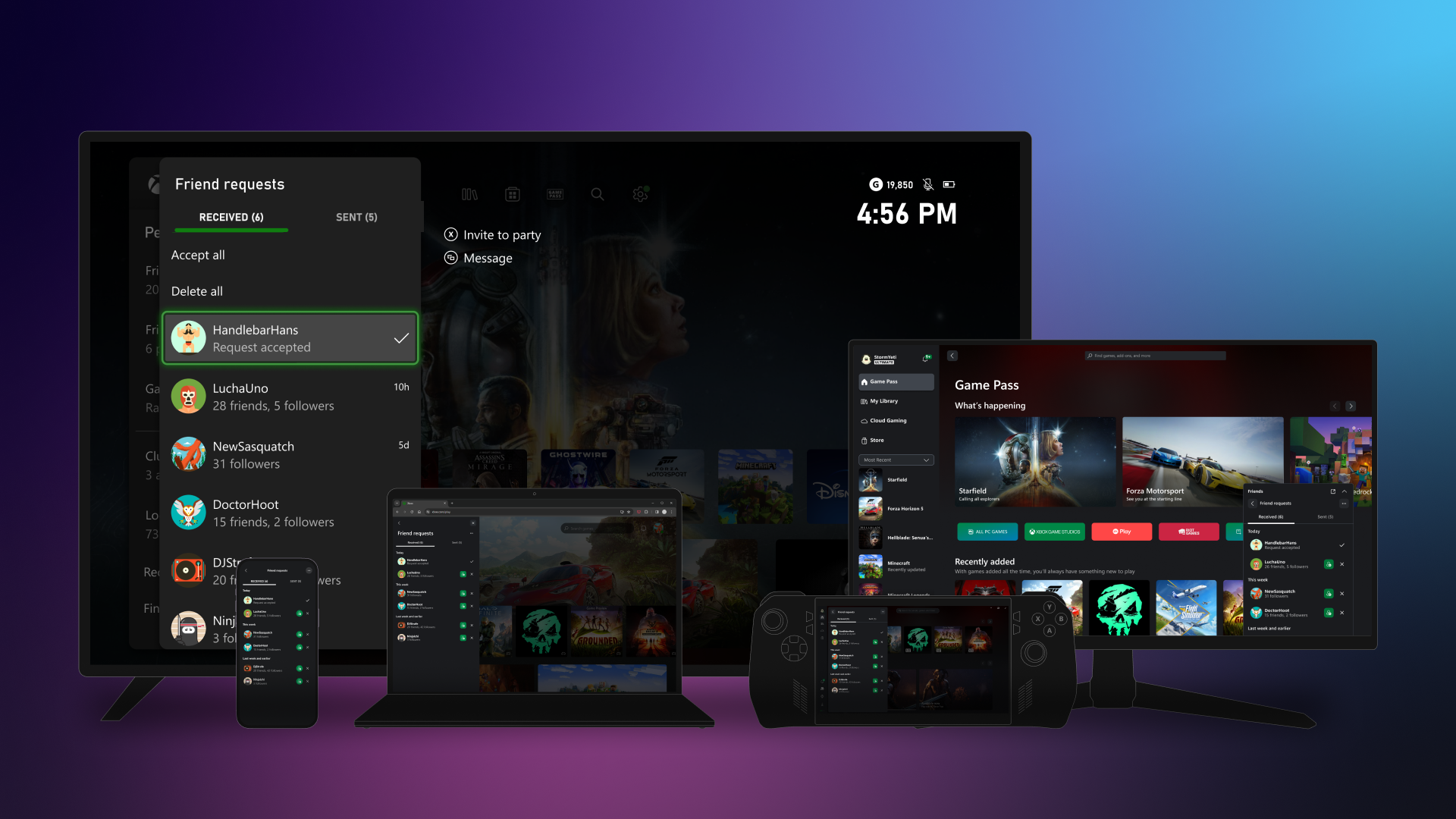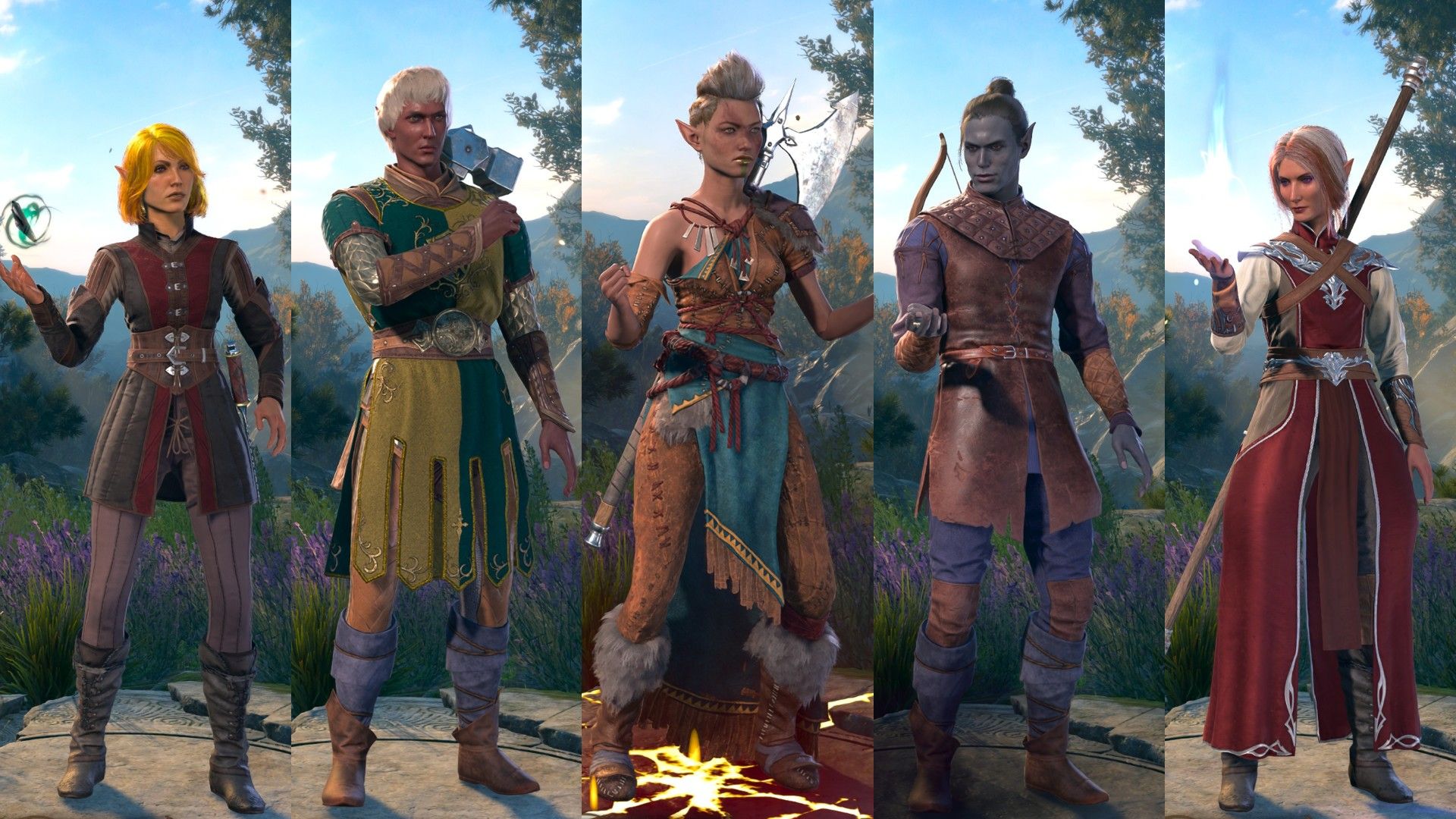Alan Wake 2: The Dark Place Is An Entirely New Experiment for Remedy
The post Alan Wake 2: The Dark Place Is An Entirely New Experiment for Remedy appeared first on Xbox Wire.
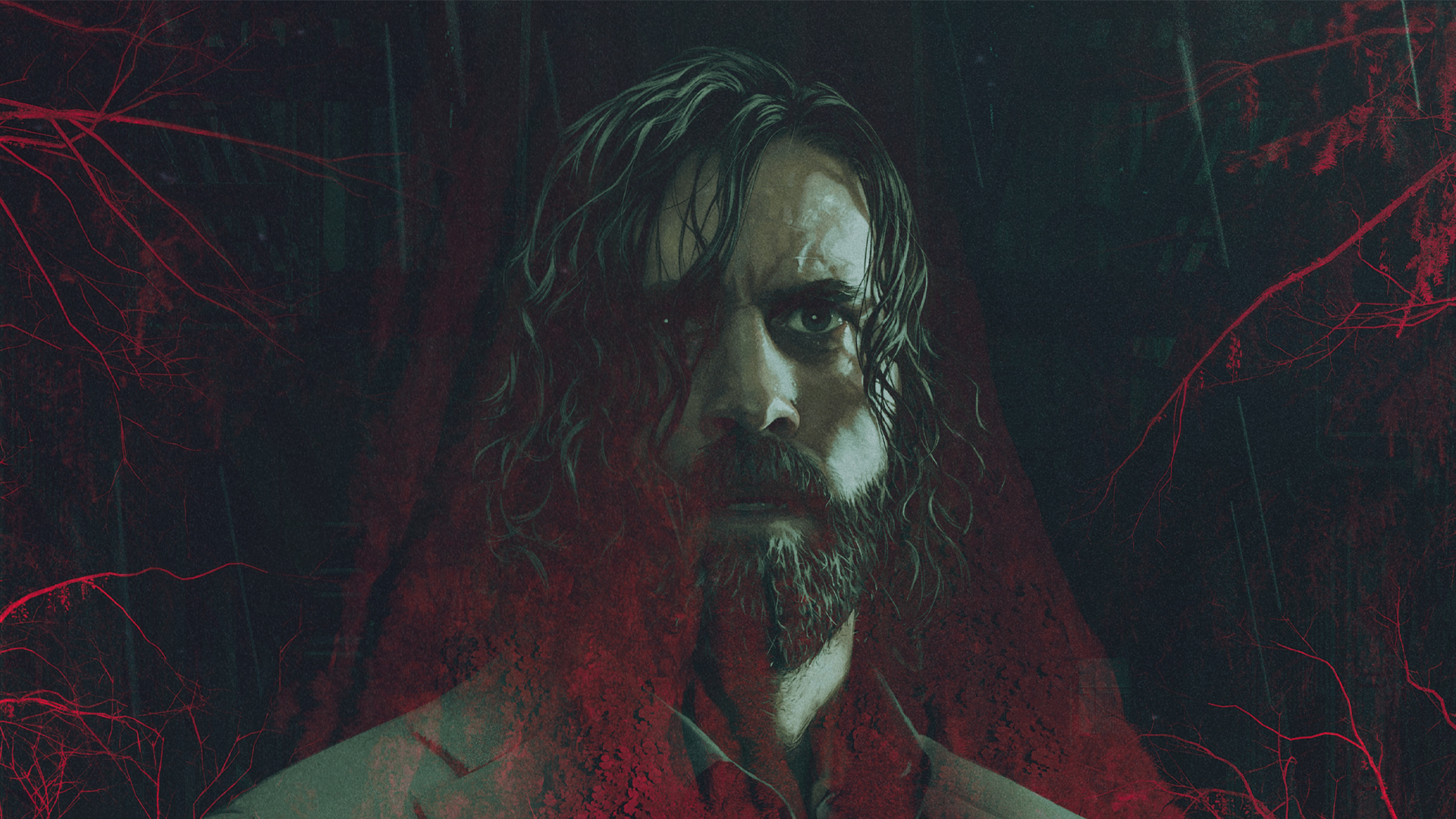
Alan Wake 2: The Dark Place Is An Entirely New Experiment for Remedy
In the run-up to Alan Wake 2’s release, I got a chance to visit Remedy Entertainment in Finland, play the game and talk to some of the key people behind its creation. To celebrate, we’re posting a major new feature each day, covering new protagonist Saga Anderson, returning hero Alan Wake, and speaking to legendary creative director Sam Lake about the game’s creation, 13 years in the making.
Yesterday, we covered half of the game in the form of Saga. Today we look at the other half, and the story of Alan Wake’s imprisonment within The Dark Place – and how it shifts the very game you’re playing.
You can feel the difference when you switch between the two characters of Alan Wake 2: “On Saga’s side, you have this surreal mystery, but she’s rooted in the real world. There are definitely beautiful places where like the worlds blend together, but she is more grounded in kind of this video game space,” Principal Narrative Designer Molly Maloney explains. “And then you go to The Dark Place, and that is a realm of nightmares.”
We’ve seen games use multiple characters before, but I haven’t played many where so much changes by switching between them. As we covered yesterday, Alan Wake 2’s new character, Saga is very much exploring a twisted video game world. But when you take control of Alan, The Dark Place turns what could seem like a distinctly Remedy take on survival horror into something else entirely.
Brain-rewiring environmental puzzles, full live-action sequences, even a mechanic that sees you literally rewriting the world around you – The Dark Place isn’t just a shifting prison for Alan, it’s doing the same to you.
As a refresher, at the end of the original game, Alan Wake realized that denizens of The Dark Place – a shadowy dimension propped alongside our own – have been attempting to use artists in our world to write them into existence. To stop that process, Alan Wake does the opposite – he writes himself out of our reality and becomes trapped in The Dark Place. In Alan Wake 2 we find him stuck there, on shadowy streets lit solely by streetlamp and neon, searching for a way out.
The benefit for Remedy is that this location means the developers are no longer constrained by the idea of a tangible reality – and it leads to some very interesting game design. While Alan is very much still a survival horror character, and uses many of the new mechanics at work here (see yesterday’s piece for more on that), the way the world reacts to him can be far wilder.
The key difference is in how you get around this world – navigation is less A to B in The Dark Place, instead taking you from A for a few turns around D, a quick detour to Q, and finally to B, where you were hoping to be all along. Puzzles become far more prevalent. In the mission I played, which saw Alan trying to make contact with someone to help him in the Oceanview Hotel, this meant attempting to enter the front door, and realizing I was stuck in an endless loop that took me back outside. To get in, I instead had to find my way through a maze of rooftop doors, fighting off Taken enemies and using a new mechanic that allows Alan to remove light from, or place it back into an area, shifting its very make-up, to finally find my way inside.
Set against Saga’s more action-oriented sequences, it’s a curious, welcome change of pace, and has the benefit of reflecting quite how messed up things have gotten for Alan in the intervening years.
There’s another key difference to Saga – where the FBI agent can enter her Mind Place to help figure out how all of this fits together, Alan instead enters his Writer’s Room, with an entirely different mechanic to work with. Instead of a Case Board, Alan can find his notes on the story of the Dark Place and, as a writer, he can rewrite them.
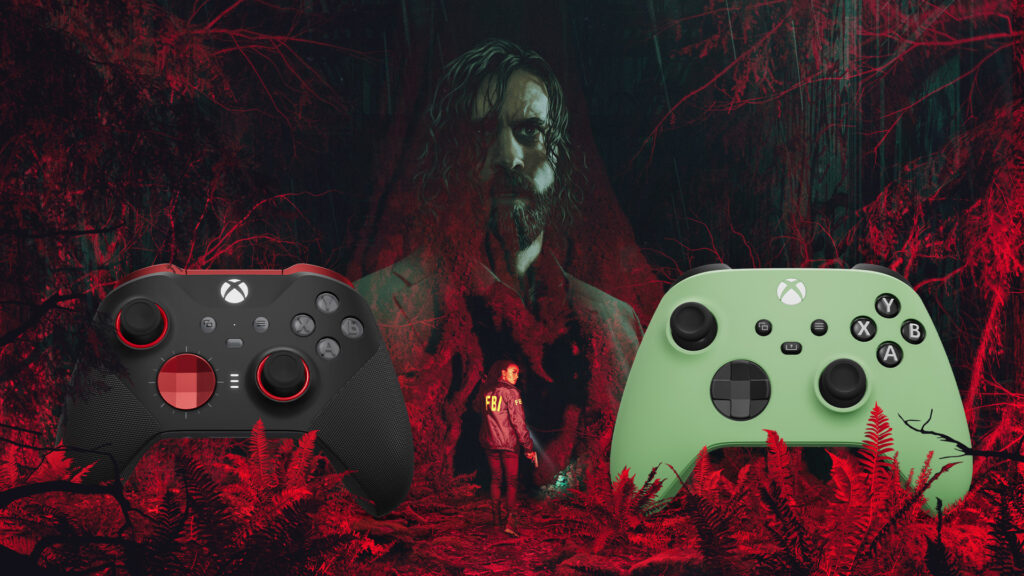
Take the Oceanview Hotel – upon entering major locations throughout the building, Alan’s notes build on the story of this place – he has notes on the Entrance Hall, the Ballroom, and more. But early on, he finds out that it was once the setting of an unusual immersive theater experience.
Suddenly, I have the option to rewrite these locations in that context – the Ballroom shifts from an empty room to one with a stage and audience seating, unlocking new clues, items, and discoveries. Other areas unlock new doors for me to explore further.
It’s Alan Wake 2’s greatest trick so far – not just using its environments for puzzles, but turning the environments themselves into puzzles. Once you discover that the Oceanview was also the site of a horrific murder, these rewrites become very nasty indeed.
It’s also a perfect opportunity to expand on Alan Wake’s preoccupation with storytelling – the first game had you follow a writer, but the second plunges you into being one, and reflects that by how it tells its tale.
“I think Alan Wake 2 is a celebration of story,” says Maloney. “I take a lot of pride in it – a single player experience that not only is story-driven, it is story all the way down, baby [laughs] It would be very easy to build this game entirely around, say, cutscenes… But one of the things that I think is really exciting about how we work is we don’t want to just give you the easy way out to convey this exposition.”
Remedy certainly haven’t taken the easy way out. Aside from in-game cutscenes, connections to the new Remedy Connected Universe (Control fans take note, there’s a lot to see here), and scattered notes, Alan Wake 2 takes some very interesting turns.
The most unexpected by far is realizing that Alan’s sections will occasionally shift into full live-action, with the in-game actors appearing in costume, on meticulously recreated sets, taking the place of normal cutscenes. Despite being fully realistic, it somehow feels more surreal, only adding to the broken feeling of The Dark Place.
Alan Wake 2’s Live Action Sequences
But what’s most exciting about all of this is not just that Saga and Alan’s sections of the game feel so distinct – it’s that they’ll connect. I didn’t get the chance to try out Alan Wake’s character switching, but we’ll have the chance to oscillate between the two sides of the story throughout. You might play a section with Saga and need to recover from the adrenaline rush, so switch to Alan for some more cerebral play. Equally, you may discover a story point with Alan that sends you rushing back to the real world to have Saga revisit an area to confirm your theories. Switching won’t be totally free – to stop you venturing into areas of the story that simply don’t make sense – but you’ll be free enough to approach parts of the story in an order you choose.
“We of course, want you to have freedom,” says Maloney, “But we also very much don’t want you to just have no idea what the hell’s going on. By having certain set points where you do that, you’ll always know that you will at least have the right amount of information to progress forward – and the order in which you receive information can be different, and it can recontextualize what you are learning.”
After decades of creating games that tell stories in new ways, this is Remedy’s boldest move yet. We don’t have long to wait to see where this tale takes us.

Alan Wake 2 Deluxe Edition
Epic Games
The post Alan Wake 2: The Dark Place Is An Entirely New Experiment for Remedy appeared first on Xbox Wire.









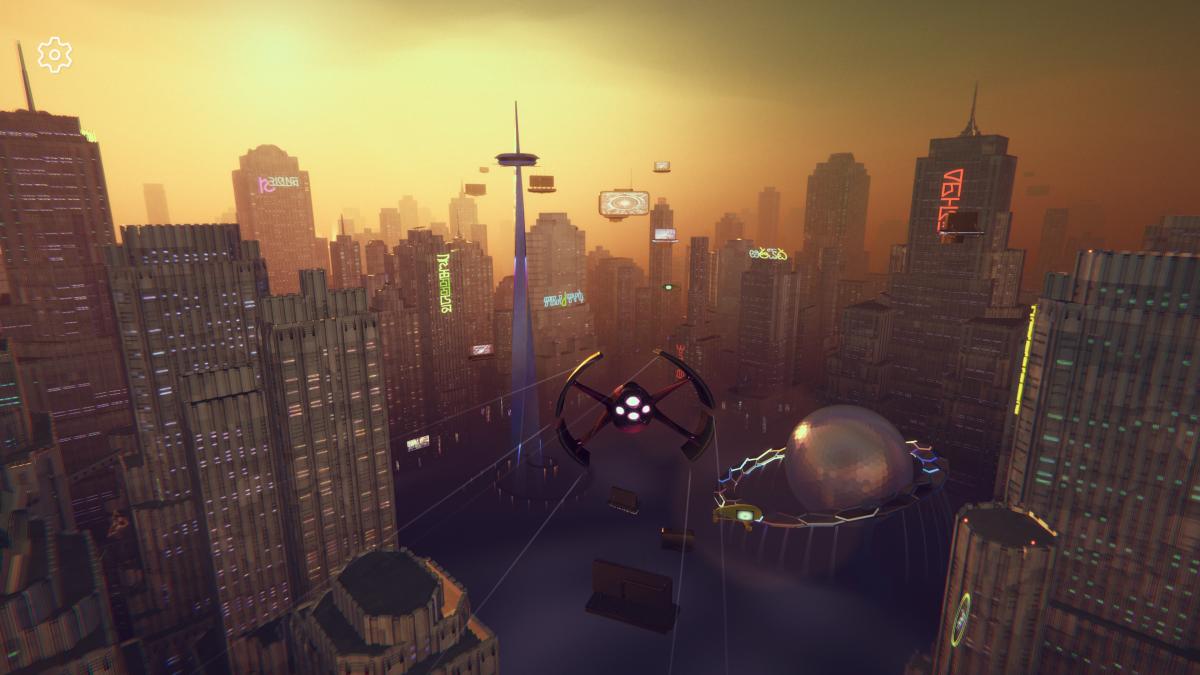
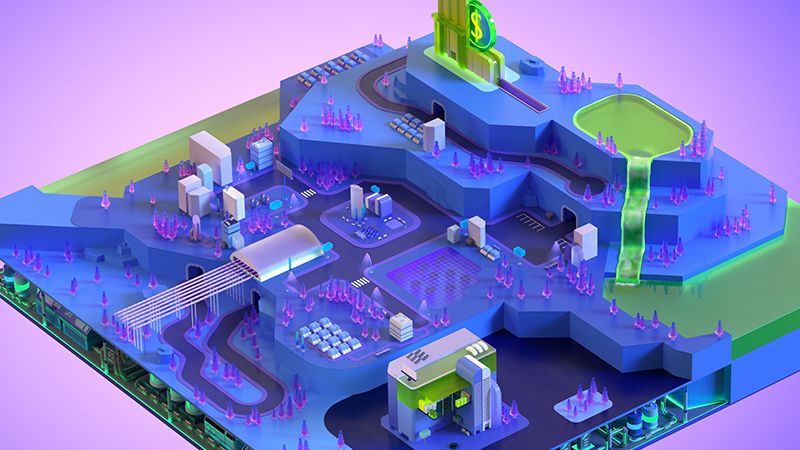





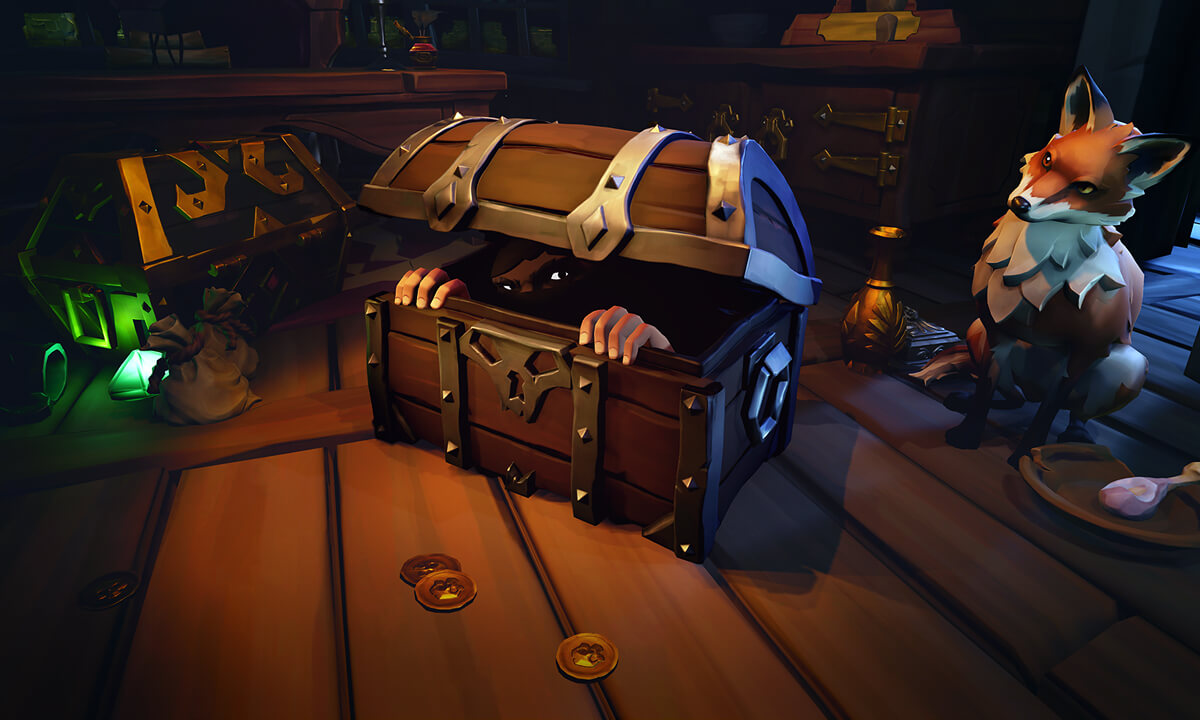

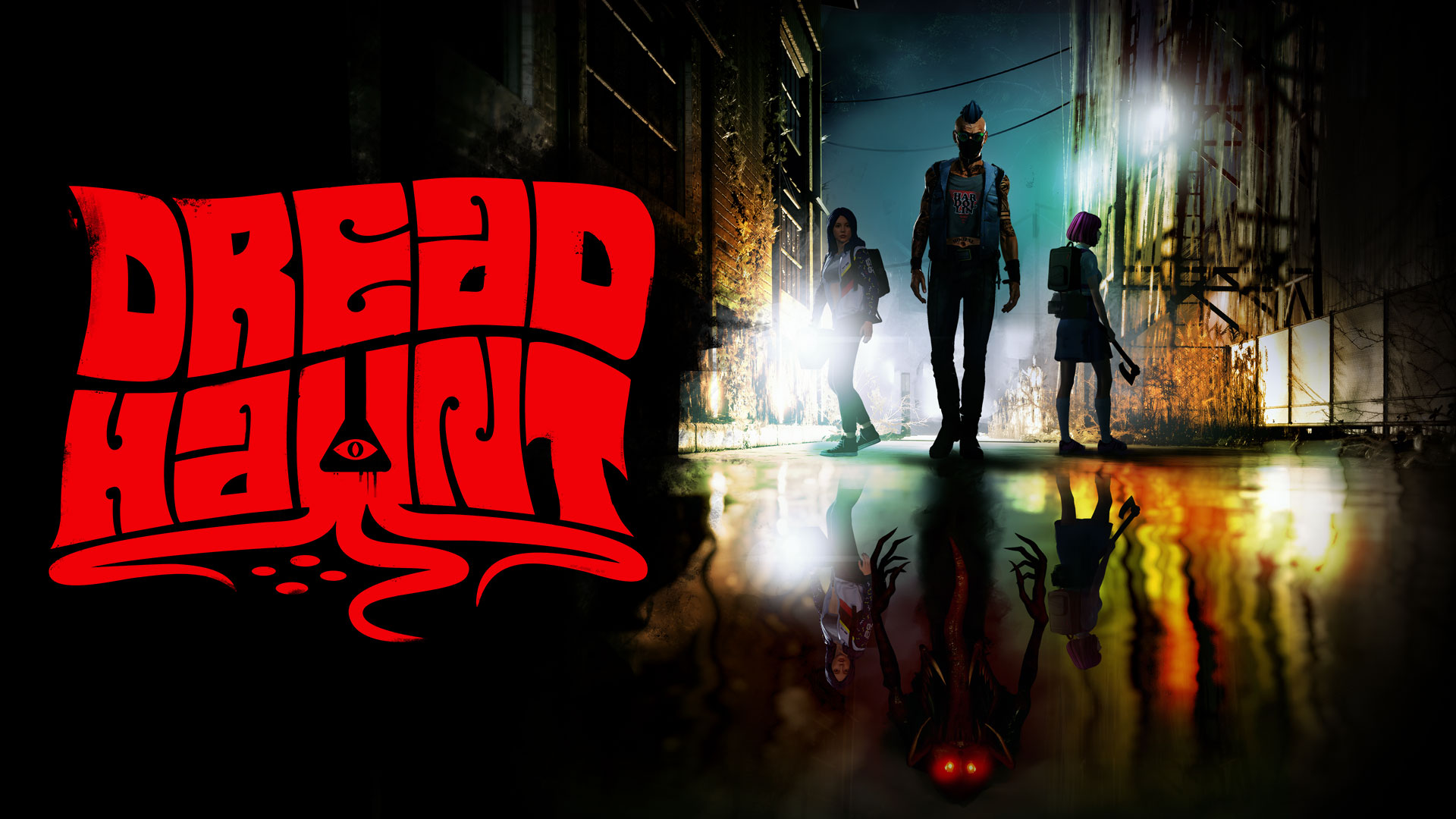







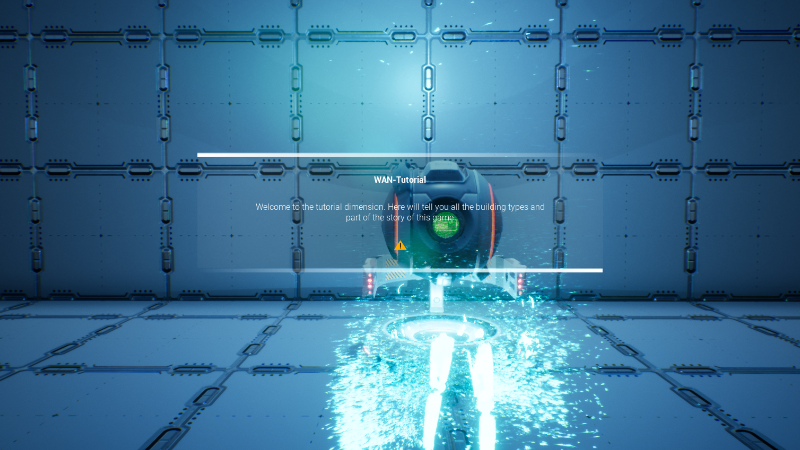
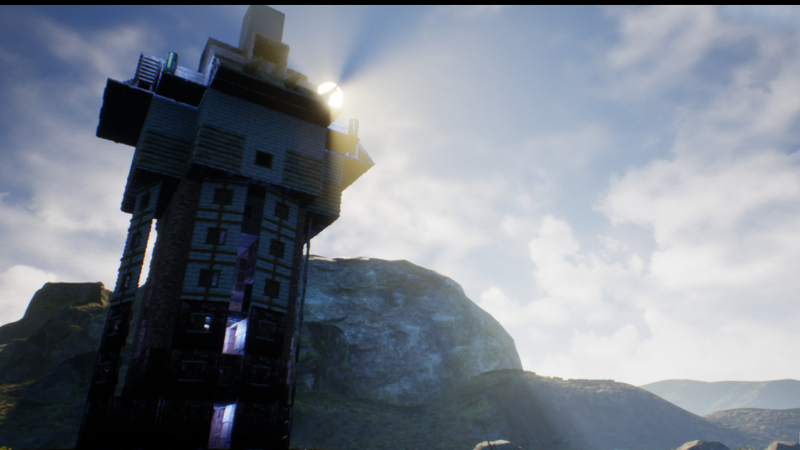

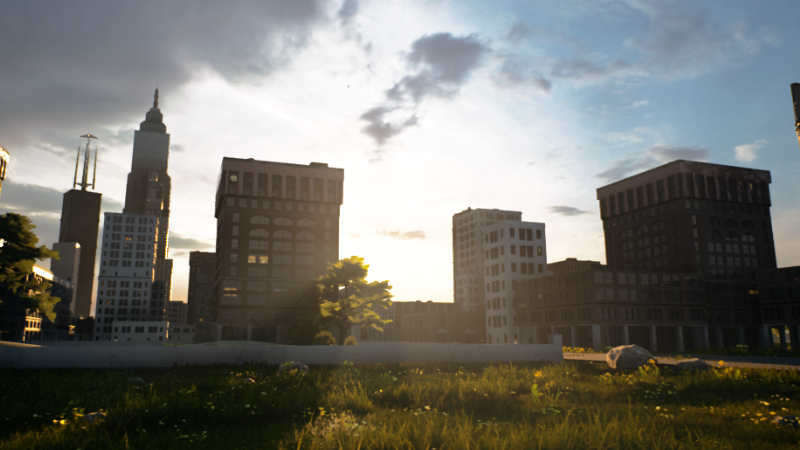



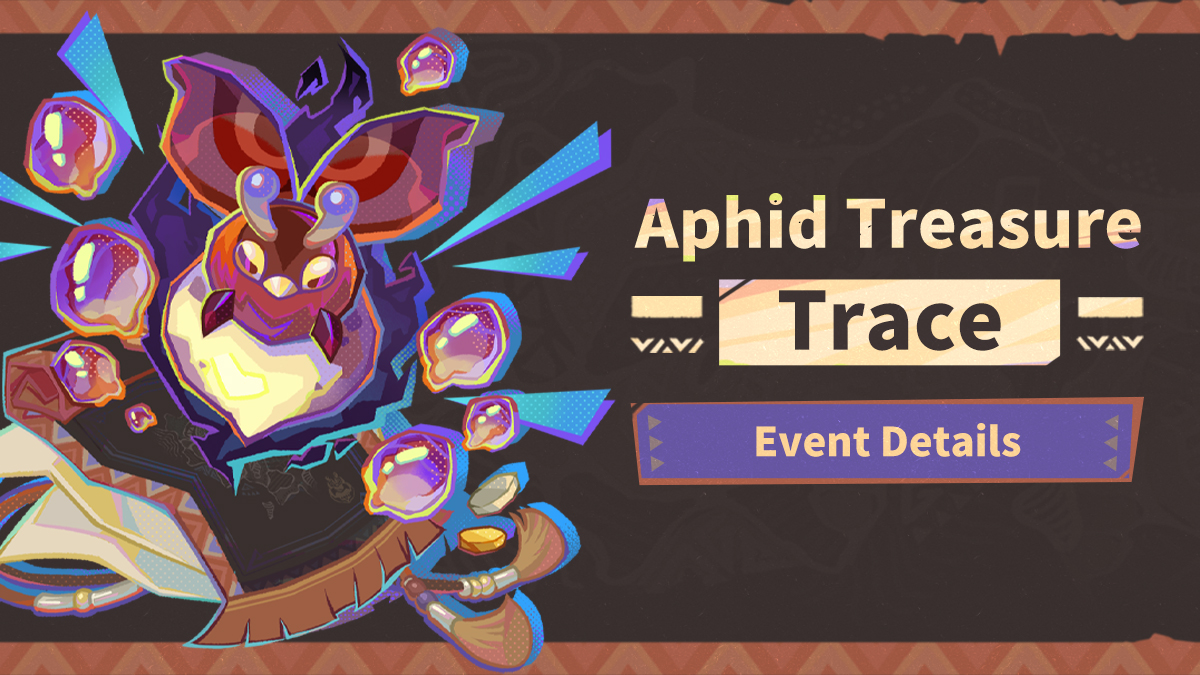

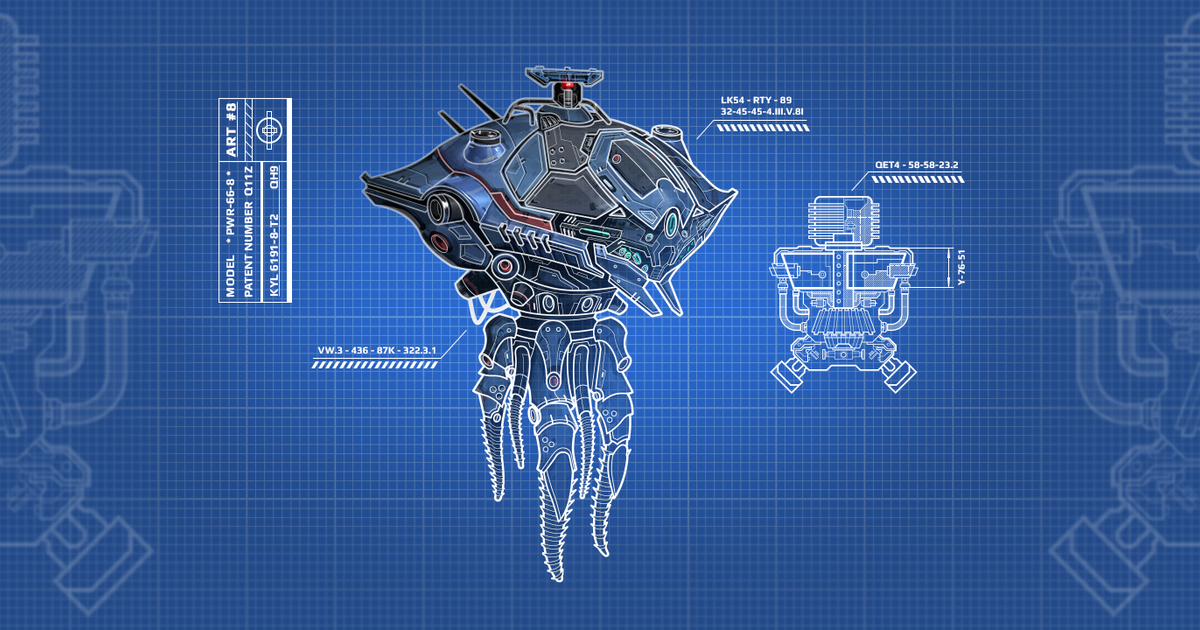
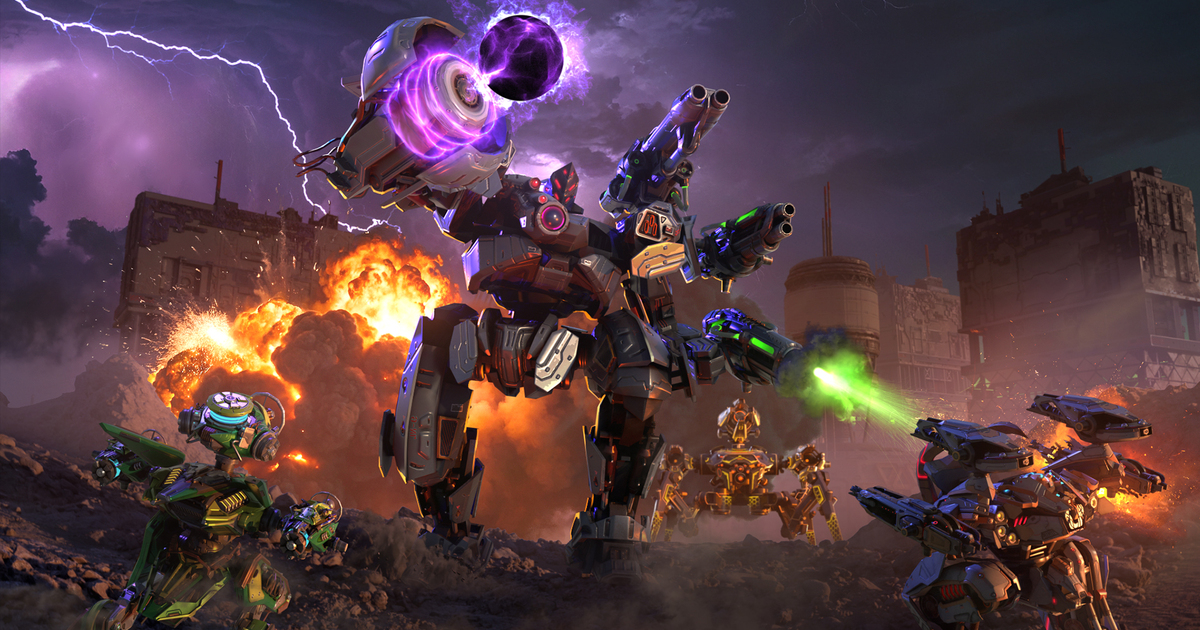









![[Business Talk] How YH Living LTD Tailored Business Solutions Powered by Smart Technology](https://i.scdn.co/image/ab6765630000ba8a5782a039d18af0d958cadc87?#)
![[Business Talk] Elon Musk](https://i.scdn.co/image/ab6765630000ba8ac91eb094519def31d2b67898?#)
![[Business Talk] BYD's Hiring Standards: A Reflection of China's Competitive Job Market](https://i.scdn.co/image/ab6765630000ba8a1a1e0af3aefae3a685793e7c?#)
![[PRO Tips] What is ESG? How is it different from CSR and SDGs? 3 keywords that companies and investors should know](https://i.scdn.co/image/ab6765630000ba8a76dbe129993a62e85226c2b4?#)


